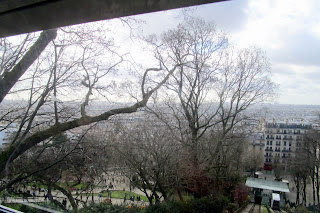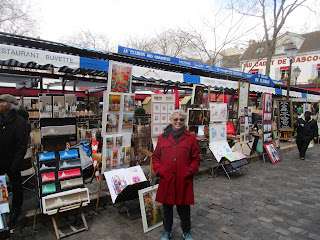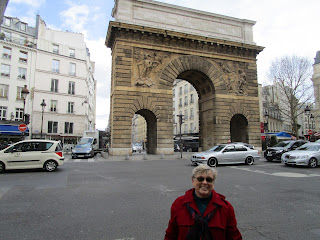On a very wet and rainy day we set off for the Jardin des Plantes and lunch at a couscous restaurant.
I never could figure out what the name of the restaurant and patisserie was.
Other pictures of the church can be found at http://earlswifestravelspartii.blogspot.fr/2014/04/jardin-butte-chaumont-et-des-plantes-et.html



Jardin des Plantes labyrinthe
Inside the hedge is the perfect hiding place for a child or
a quiet place to play.
Rose Garden
This marble statue was produced by the French artist and sculptor Felix Sanzel, back in 1868, and it is called either l'Amour Prisonnier or more commonly, l'Amour Captif, which generally translates to Captive Love.
The statue is design to represent Amour, the God of love, or the God of falling in love, looking up to a Satyr.
There were several rock samples in the garden. Some of them were from the Alps and one of these
came from the Pyrenees.
The Comte de Buffon became the curator in 1739 and he expanded the gardens greatly, adding a maze, the Labyrinth, which remains today. In 1792 the Royal Menagerie was moved to the gardens from Versailles.
Couscous at La Mosaic
Rue Mouffetard

Demonstrators across the street from our window on la Motte Picquet
















































































